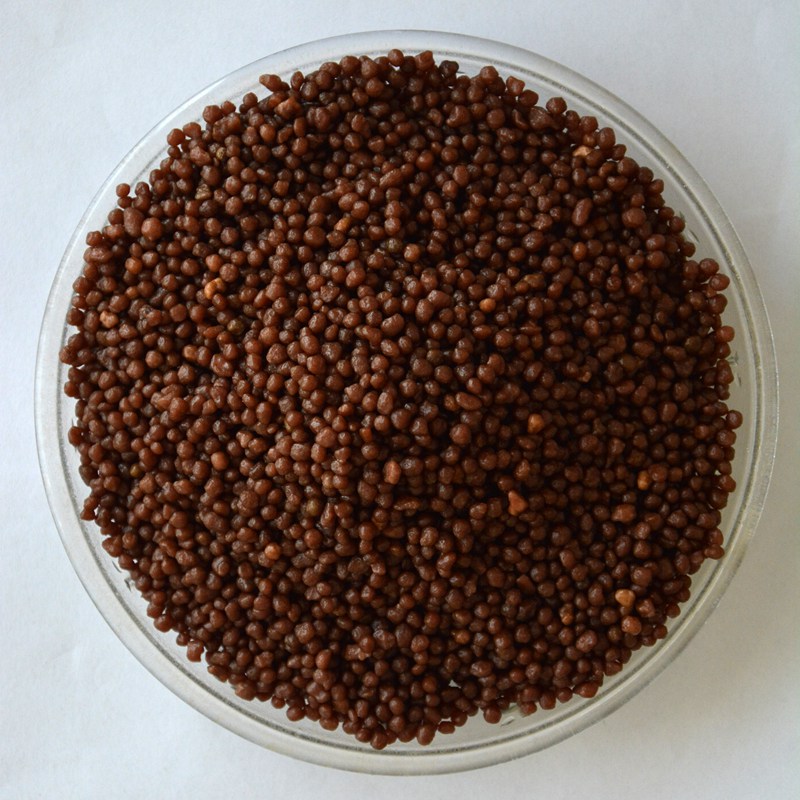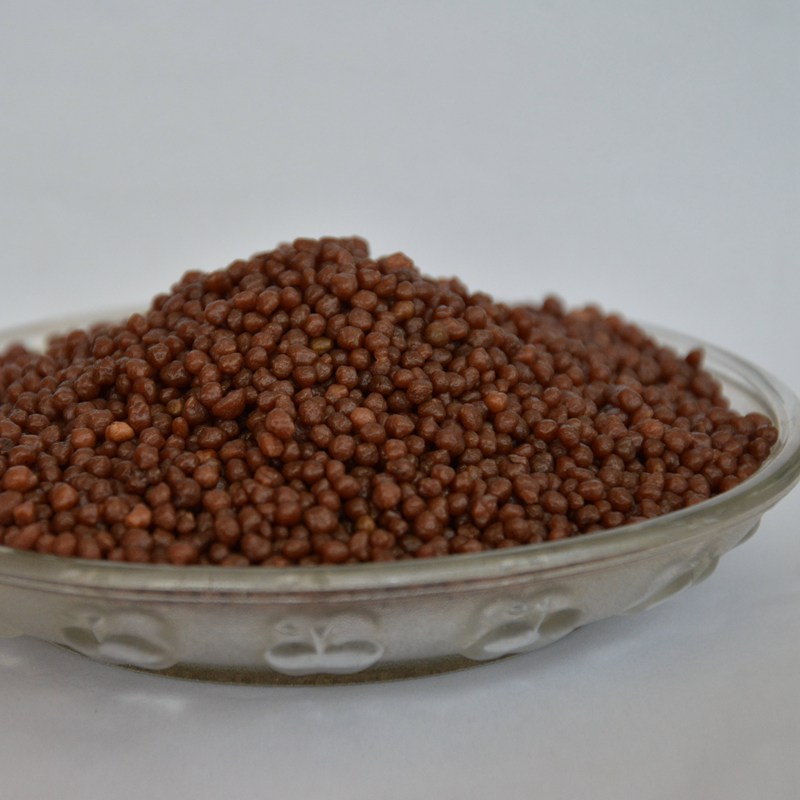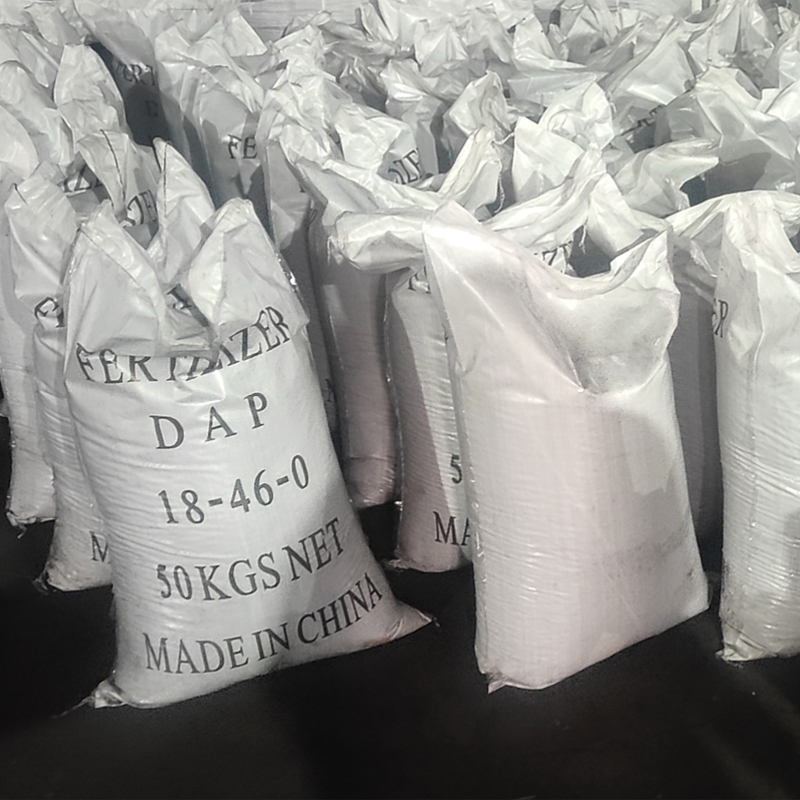
Oct . 27, 2025 11:05 Back to list
15-30-15 Granular Fertilizer - High P for Roots & Flowers
If you’ve been shopping for 15-30-15 Granular Fertilizer this season, you’ve probably noticed a renewed interest in high-phosphorus blends. To be honest, it tracks with what I’m hearing from agronomists: better rooting, earlier vigor, steadier yields in erratic weather. And yes, behind many reliable 15-30-15s is a cornerstone input—DAP 18-46-0—clean, quick-dissolving, and easy to blend.

Why 15-30-15? Industry context
In practice, 15-30-15 Granular Fertilizer delivers a balanced nitrogen boost, concentrated available phosphorus (P2O5) for roots and early growth, and potassium (K2O) for sturdier stems and stress tolerance. Many customers say it “just works” in cool starts and on phosphorus-fixing soils. The trend I’m seeing: cleaner granules for fertigation-friendly broadcasting, plus anti-caking coatings that store well in humid depots.
Typical product specifications
| Total N | ≈15.0% (real-world use may vary) |
| Available P2O5 | ≈30.0% (from DAP 18-46-0 and related sources) |
| Soluble K2O | ≈15.0% (typically MOP-based) |
| Granule size | 2–4 mm, ≥90% passing target sieve |
| Moisture | ≤2.0% |
How it’s made (process flow)
Materials: DAP 18-46-0 (clean, quick-effect phosphate), urea or ammonium sulfate (for N balance), MOP (KCl), optional micronutrients (Zn, B), and anti-caking coating.
Methods: precision batching → intensive mixing → steam/compound granulation → drying → screening (2–4 mm) → coating → bagging. DAP input commonly comes from facilities like A-713, Zhengyang City Square, Chang’an District, Shijiazhuang, Hebei, China—where I’ve seen surprisingly tidy granulation lines.

Testing, standards, and service life
Sampling per EN 1482 (parts 1–2). Nutrient assays via AOAC Official Methods in ISO/IEC 17025-accredited labs. Typical in-house QC targets: granule crush strength ≥2.5 kgf, dust <0.3%.
Recent batch test (illustrative): N 15.2%, P2O5 30.5%, K2O 15.1%, moisture 1.3%, 2–4 mm fraction 92%. Shelf life: about 24 months dry-stored; field release window: roughly 4–8 weeks, depending on soil moisture and temperature.
Application scenarios and rates
- Row crops (maize, wheat): 150–350 kg/ha pre-plant or banded; top-up as needed.
- Vegetables and orchards: 100–250 kg/ha base, then spoon-feed with N/K as growth accelerates.
- Turf & landscaping: 30–50 g/m², light irrigation after application.
Safety: avoid seed burn—keep a buffer if using as seed-placed starter; check chloride sensitivity if using MOP-based blends in sensitive crops.

Vendor comparison (real-world buyer notes)
| Vendor | Origin | Core Inputs | Docs/Certs | Customization |
|---|---|---|---|---|
| HH Fertilizer (DAP-based) | Shijiazhuang, Hebei, China | DAP 18-46-0, MOP, urea | COA, MSDS; third-party SGS on request | Granule size, coating, trace elements |
| SEA Regional Blender | Southeast Asia | Mixed sources; variable DAP quality | Basic QC; ISO availability varies | Coloring and micronutrient add-ons |
| Domestic Trader | Local stock | Imported DAP + local K | COA only (often) | Limited batch-to-batch control |
Customization and field notes
Common tweaks: zinc 0.5–1.0% for maize, boron for oilseeds, polymer coating for dust control, low-chloride K (SOP) where needed. Many growers—especially in dryland systems—like 15-30-15 Granular Fertilizer as a base, then topdress nitrogen later.
- Case A (maize, dryland, banded 250 kg/ha): +6–9% yield vs. farm-standard 12-24-12, better stand in cool soils.
- Case B (vegetable transplant beds, 180 kg/ha): earlier root set; growers reported cleaner leaves due to lower dust.

Final thought: formulations come and go, but a well-built 15-30-15 Granular Fertilizer anchored by clean DAP is still one of the most dependable starts you can give a crop—especially when the season refuses to behave.
Authoritative citations
- International Fertilizer Association (IFA), Fertilizer Manual.
- AOAC International, Official Methods for Fertilizer Analysis.
- AAPFCO, Model Rules for Fertilizer Labeling.
- ISO/IEC 17025, General Requirements for the Competence of Testing Laboratories.
- EN 1482-1/2, Fertilizers and Liming Materials — Sampling and Sample Preparation.
-
Sustainable Growth with Organic Phosphate Fertilizer | Benefits & Innovations
NewsNov.24,2025
-
Organic Phosphorus and Potassium Fertilizer: Sustainable Soil Nutrition & Global Impact
NewsNov.24,2025
-
Organic Phosphorus Fertilizer: Sustainable Nutrient Solutions for Modern Agriculture
NewsNov.23,2025
-
Sustainable Growth with Organic Phosphorus Plant Fertilizer | HH Fertilizer
NewsNov.23,2025
-
Organic Plant Meal Fertilizer for Sustainable Agriculture – Benefits & Innovations
NewsNov.22,2025
-
Organic Plant Root Fertilizer – Sustainable Solutions for Healthy Soils & Stronger Plants
NewsNov.22,2025
